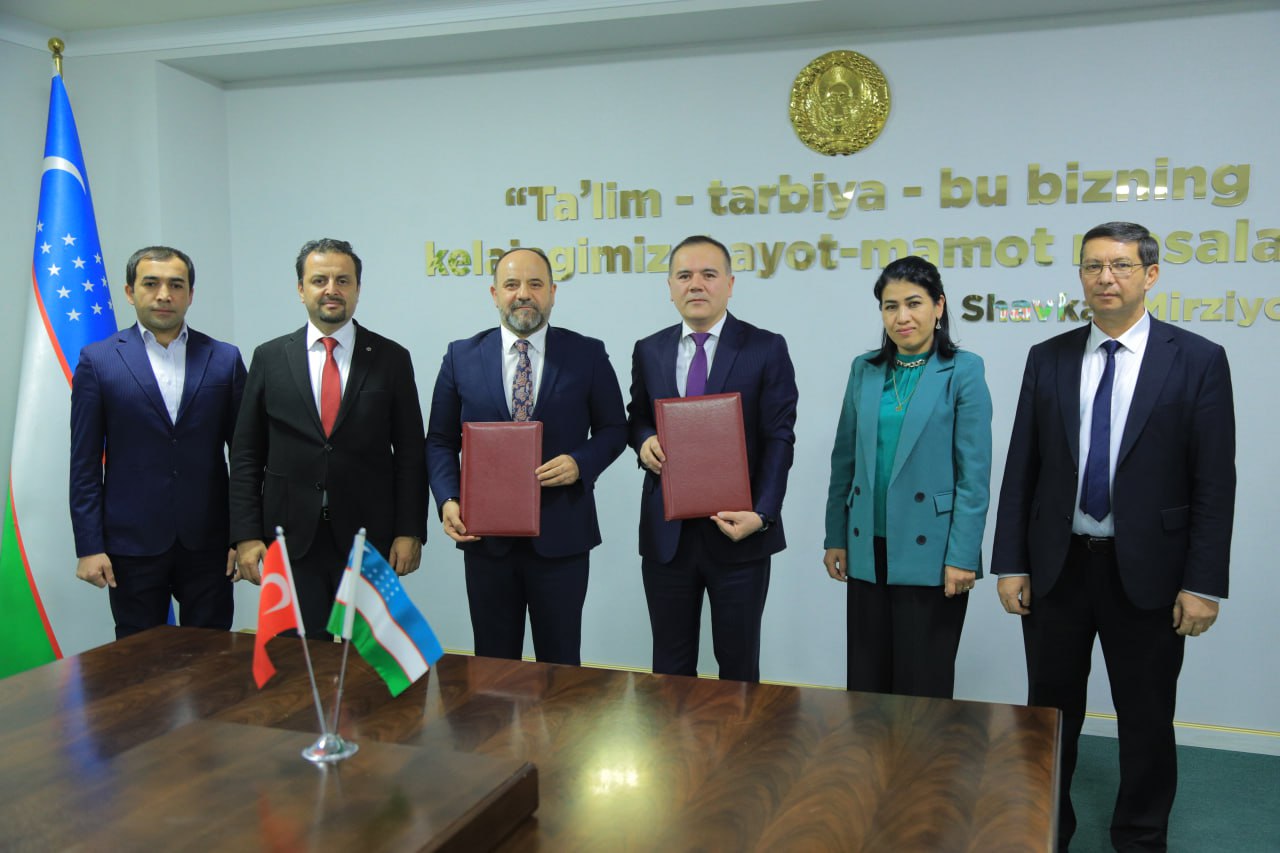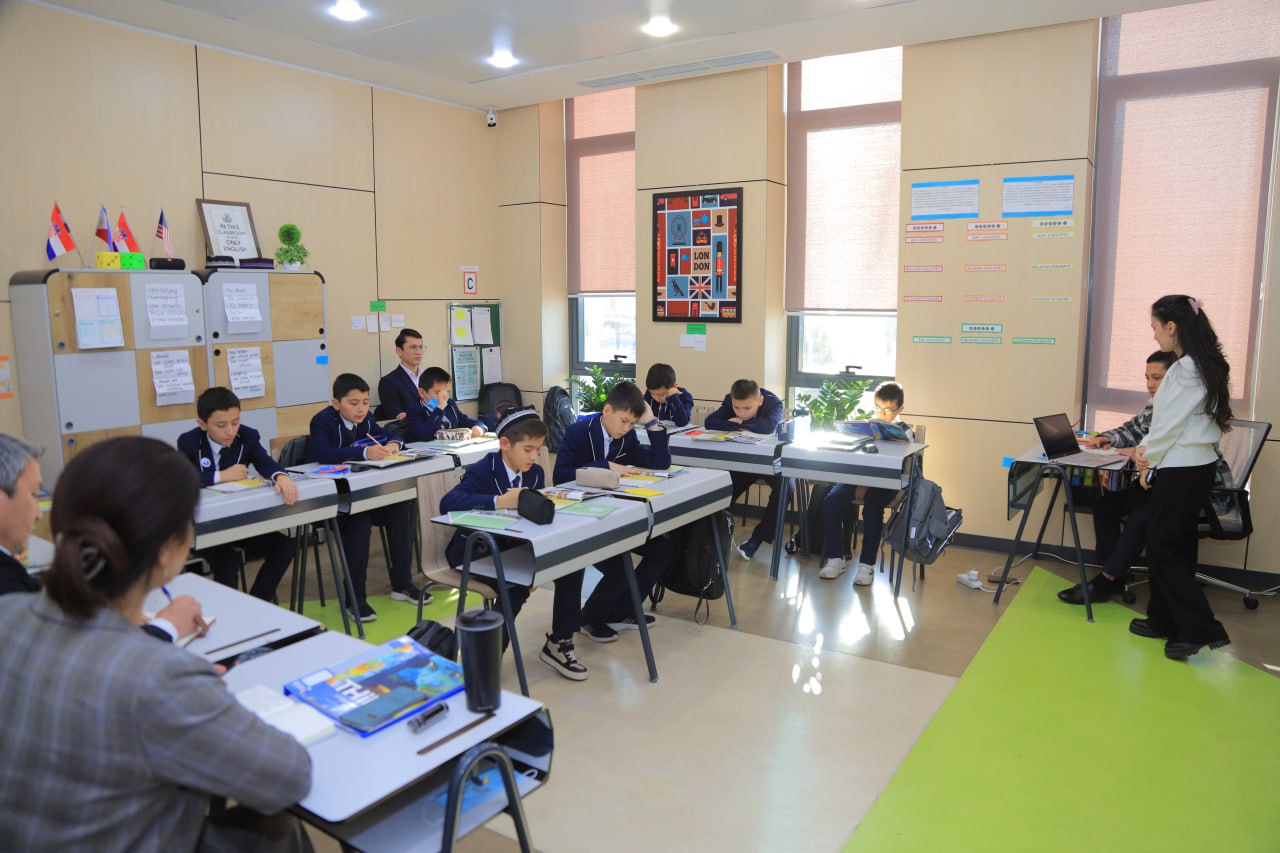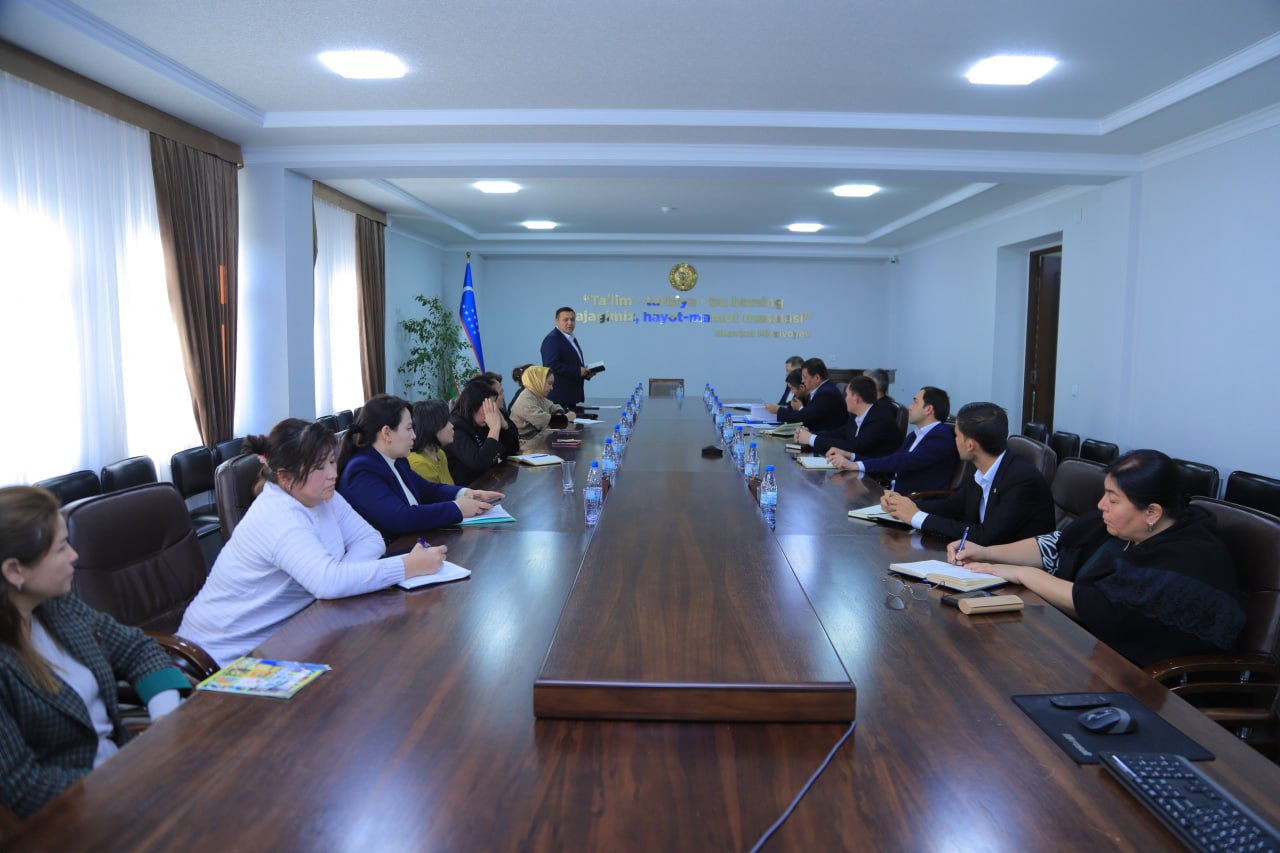Qalandarova Vazira
JSPU, Jizzakh, Uzbekistan
Summary: This work examines the texts of Uzbek jokes based on journalistic materials, their composition with the rationale for their brevity, followed by an analysis of linguistic units. Among the anecdotes studied, the author singles out universal, primordially national ones, in which the comic effect of the language is created due to linguistic units (metaphors, hyperbole, comparisons, etc.).
Keywords: linguoculturology, uzbek, journalistic language, anecdote, linguistic units, ethnolinguistics
In linguistics, humor is understood as the use of various linguistic means aimed at creating a humorous, comic effect. The language of the mass media enriches and saturates speech with evaluative phrases, develops techniques and methods of discussion, polemics, and thereby forms a refined thought – a guarantee of virtuosity, intelligibility of the language of politics and ideology. An anecdote, a small and funny story, without any doubt, deserves special linguistic study. On the one hand, comedy refers to the most important concepts of culture, to such coordinates of being as the official and carnival attitude to the world, and, accordingly, they find completely different expressions in linguistic semantics. On the other hand, an anecdote is a stable form of narration, which is characterized by features that distinguish this type of text from related types.
The linguocultural study of humor presupposes the priority coverage of those values that are relevant for the compared cultures. These values can be expressed differently in humorous texts. Language not only expresses and formalizes ideological, political terms, positions, slogans, but also has a significant impact on the processes of socialization of the individual, the construction of mentality, and the manipulation of public consciousness. Therefore, the phenomena of linguistic precedence include all those linguistic works that were created before the production of this speech by other speech producers and are included in the speaker’s speech as ready-made, only used by him in constructing his own speech.
According to Y. N. Karaulov, “precedents are those texts that are fixed in the mind of a native speaker of a given linguistic community, representing a fact of culture in a broad sense and actualizing a certain situation.” As the main method for separating national precedent texts from the general text mass, analysis of works of comedy genres designed for mass consumption (jokes, parodies, humorous television and radio programs, etc.) can be used for the textual reminiscences found in them. In other words, precedent texts are parodied and ridiculed texts, that is, the main precedent texts of a given society are certainly reflected in comic works popular in this society. And the texts reproduced in memoirs within the limits of comedy genres are certainly precedent ones. It should be noted that anecdotes (as the most common type of comedy genre) can act as a text – a source of precedent elements, since some of their key phrases are part of the linguistic consciousness of a native speaker and are considered such phrases that are widely understood by members of the society of a given culture. Consequently, they are to a certain extent a reflection of the worldview and customs of a given community. It is the anecdotes that are endowed with a huge ethnocultural charge and, accumulating linguoculturological information, have a great cognitive value.
The anecdote is characterized by a stable form, belongs to the oral types of literature and is built according to the laws of the genre of folklore texts. The anecdote is created by the people, its author is anonymous. Therefore, it can be considered an objective indicator of the cognitive and moral processes taking place in society and the value orientations that prevail in society. Based on this thesis, it can be argued that in the Uzbek national hero Khoja Nasreddin (Afandi), one can see a wise, omniscient and at the same time cunning personality who constantly expresses the interests of the common people. Afandi, tirelessly, ridicules the greedy and stingy rich people, who, as a result of his cunning tricks, always find themselves in an awkward position. A distinctive feature of Uzbek jokes today is their social orientation. They largely reflect family and social relationships: “Ayollar fevralda kam gapirishadi. Chunki fevral eng kalta oy. Erkaklar esa mart oyining boshida ayollarga fevralda kam gapir-ganliklari uchun sovg‘alar berishadi”. “Women don’t talk much in February because February is the shortest month. And men in early March give gifts to women because they didn’t talk much in February.”
On the pages of Uzbek newspapers, quite often there are anecdotes, the subject of which is family relationships. Such a characteristic feature of the 21st century as the rapid development of information and communication technologies leaves its mark on the content of modern jokes. This theme is often found in today’s jokes. Currently, this topic is considered well-known and understandable to the entire readership, and that is why they can be attributed to precedents: “– Windows va xotin o‘rtasida qanday farq bor?- Hech qanaqa! Ikkalasi ham tonnalab keraksiz axborotni taqdim etadi-da, kundek ravshan narsani ham uch martalab qayta so‘raydi”.– “– What is the difference between Windows and a wife? – None! Both of them give tons of unnecessary information, and they ask three times and so clear things. Precedent statements found in many modern jokes reflect the specifics of the cultural environment of recent years: “Yashashni o‘rgatamiz. Istalgan telefonga qo‘ng‘iroq qiling. Xohlagan odamni so‘rang”. “Let’s learn how to live. Call any number. Ask whoever you want.”
In Uzbek jokes, the most common theme is the relationship between the daughter-in-law and the mother-in-law. It is traditionally accepted among Uzbeks that parents live with their youngest son and his family. Consequently, one way or another, the interests of two women collide: the mother-in-law and the daughter-in-law. The most characteristic situations serve as a topic for jokes: “Qaynona divan-da o‘tirardi. Tepasidagi devorga qadimiy soat ilingan. Qaynona o‘rnidan turgach, soat tushib ketdi. Shunda sal narida televizor tomo-sha qilib o‘tirgan kelin o‘zicha g‘udranib qo‘ydi: – Qurib ketsin shu soat ham! Nuqul orqada qolgani qolgan!”. “The mother-in-law is sitting on the couch. An antique clock hangs on the wall above the sofa. The mother-in-law got up, and at that time the clock fell right on the place where she was sitting. The daughter-in-law, who is sitting in front of the TV, muttered, “Damn that clock! Always late!”
It should be emphasized here that since ancient times the Uzbek mentality does not allow choosing the relationship between mother-in-law and son-in-law as an object of laughter. To achieve mutual understanding between representatives of different linguistic and cultural communities, it is necessary to know both the language (grammar rules, the ability to build speech messages) and the direct meaning hidden behind words and filled with images of national consciousness. Representatives of different linguistic and cultural communities, as a rule, do not have such a commonality (or it is only partial), as a result of which misunderstanding arises in the process of intercultural communication between communicants.
This means that the lack of commonality of different linguistic and cultural communities in the understanding of certain phenomena can serve as the main cause of communicative conflicts, that is, the emergence of misunderstanding between interlocutors belonging to different national cultures: “O‘zbek xonadoniga xorijdan mehmon kelibdi. Birpasda palov pishibdi, choy qaynabdi. Dasturxon yozilibdi. Mezbon choy damlab, qaytara boshlabdi: bir, ikki, uch… Keyin choy qaytargan piyolasiga choy quyib o‘zining oldiga qo‘yibdi. Yangi piyolaga choy quyib, og‘aynisiga uzatibdi. Mehmonning afti norozi bujmayibdi. Mezbon so‘rabdi: –Og‘ayni, seni xafa qildimmi? – Ha.– Nima qilib? – Axir o‘zingning piyolangni uch marta chayib tashlagan choydan menga quyding–ku!..”. “A foreign guest came to the Uzbek family. They quickly set the table, brewed tea, cooked pilaf. The owner of the house, according to custom, poured tea and poured it back into the teapot, which he repeated three times. Then he poured into the same cup for himself, and into another cup for the guest. The guest frowned. The owner asked: “My friend, have I offended you in any way?” – “Yes”. – “How?” – “You rinsed your cup three times with this tea and treat me with it?!”.
The hospitality of the Uzbek people is well known. Even when serving tea, pouring tea from a teapot into a cup and back three times, they express their respect to the guest, which sometimes causes misunderstanding on the part of guests who have no idea about the traditions and customs of the Uzbek people and, therefore, are not aware of the essence of what is happening. The originality and features of their own national culture, as a rule, are not analyzed and are taken for granted. A critical perception of cultural characteristics occurs when interacting with representatives of other linguistic and cultural communities, when differences in their value orientations are revealed. It is in such situations that there is misunderstanding, and in some cases irritation. Thus, some life situations are a good topic for jokes, and their texts, with their well-known and public characteristics, are precedent, and at the same time they also have national specifics. From a national and cultural point of view, jokes reflect the worldview, customs and traditions of a particular community.
Cultural features include adherence to old traditions due to the isolation of the island culture, the class division of society, the tendency to emphasize class, national differences.
Bibliography:
- Denisova, A.P. Some features of the Spanish anecdote / A.P. Denisova, M.V. Kuteva // Questions of Philology: special issue. VI Intern. scientific conf. “Language, culture, society”: abstract. report M., 2011.
- Goldin V.E., Sirotinina O.B. Intranational speech cultures and their
- Interaction // Issues of Stylistics. – Issue. 25. – Saratov, 1993. – S. 9-19.
- Karasik, V.I. An anecdote as a subject of linguistic study // Genres of Speech. Saratov, 1997.
- Lisochenko, O. V. Rhetoric for journalists: precedent in language and speech: textbook. in sob. Rostov n/a. : Phoenix, 2007. 318 p.





